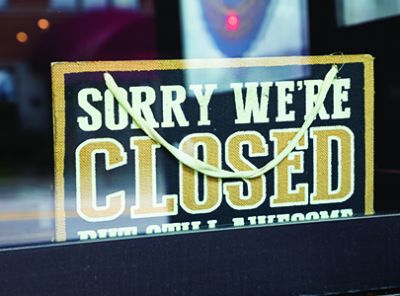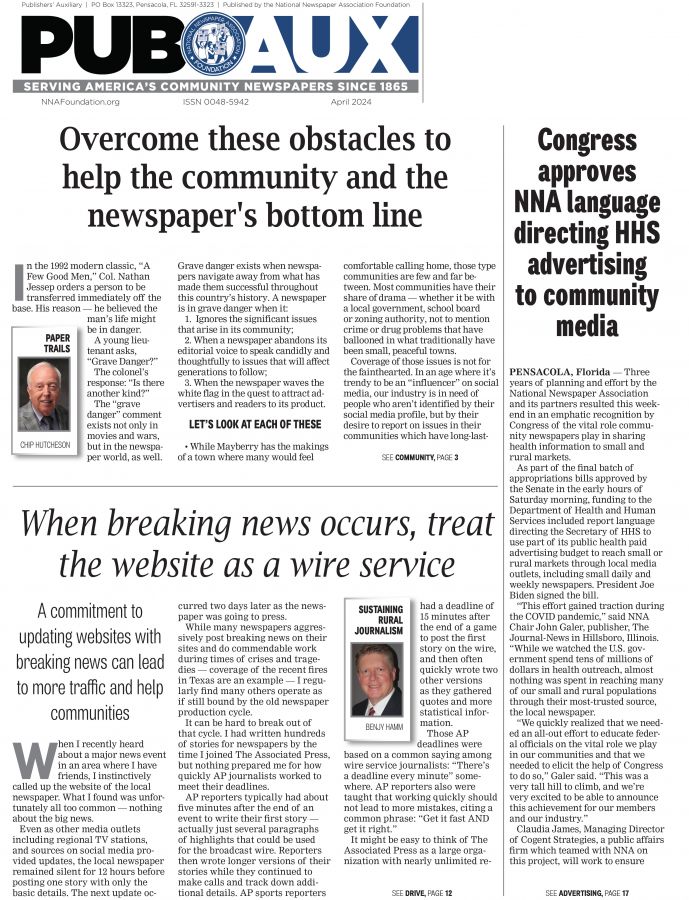Lessons from a failed advertiser
John Foust
Jun 4, 2021


I remember talking to Clark about his early days in advertising. When he started his then-small marketing business, one of his first clients was a fast-food establishment that needed help with an introductory campaign. Although the store manager knew almost nothing about advertising, he understood that it was important.
According to Clark, three factors drove the advertising strategy: (1) the budget was severely limited, (2) although it was a national brand, the business was new to the market, and (3) a large university was about two miles away.
“In those pre-internet days, the college market was the store manager’s best option,” Clark said, “and I figured the surest way to reach those students was through the college newspaper. The challenge was to give them a reason to travel two miles for fast-food. I decided to run a series of quarter-page ads, with discount coupons. The price fit the manager’s budget, and the coupons would give him a way to measure results. Each ad had a code number on the coupon, so he would know which days of the week drew more responses.”
When Clark dropped by the store after a few ads ran, the store manager held up a big paper grocery bag which was overflowing with coupons. There was no organization at all, and it was obvious that coupons had been mixed together in the bag. The ads had pulled in some customers, but – even though they had discussed the significance of measuring results – the manager clearly had no interest in following through.
“Unfortunately, that fast-food place didn’t stay open very long,” Clark explained. “For several years after it closed, I wondered if I could have provided more help. But eventually I came to realize that advertising alone can’t keep a business going. People were willing to try the restaurant once, but the food simply wasn’t good enough to bring them back. The store manager had a gruff personality that may have turned off customers. I also heard that there were staffing problems and issues with state restaurant inspections.”
Although that was a painful experience, it taught Clark some lessons which benefited him in later campaigns. “The first lesson was the importance of a system for clients to track ad responses,” he said. “That can be as simple as a box with folders to organize coupons. Or it can be as sophisticated as a spreadsheet or tracking software.
“The second lesson was to develop a way to capture customer information – at least a name and email address. That can be done with some kind of loyalty program, a requirement to provide information before downloading an online coupon, or an in-person sign-up for future deals.
“The biggest lesson of all,” Clark said, “was the first-hand observation of the power of the consumer’s in-store experience. The ultimate goal is for the customer to see the store as worth a second, third and tenth visit. Experience, not advertising, is the determining factor in customer loyalty.” © Copyright 2021 by John Foust. All rights reserved.
John Foust has conducted training programs for thousands of newspaper advertising professionals. Many ad departments are using his training videos to save time and get quick results from in-house training. Email for information: john@johnfoust.com










